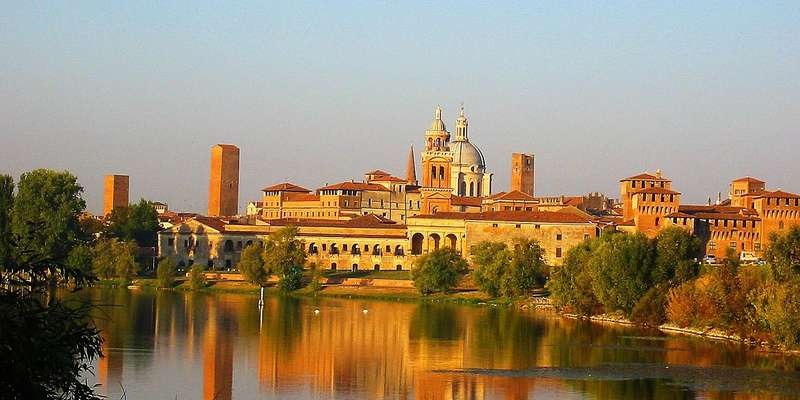- Home
- Useful Tips
- When to visit Mantua for ideal...
Planning the perfect trip to Mantua often feels like solving a complex puzzle. Visitors struggle to balance ideal weather conditions with the reality of overwhelming tourist crowds, a challenge amplified by the city's growing popularity – annual tourism has increased 23% since 2019. The frustration of sweltering through packed piazzas in July or shivering through empty streets in January leads many to miss Mantua's true magic. You want to experience the Renaissance architecture in golden autumn light, enjoy the famous pumpkin festivals without jostling elbows, and photograph mirror-like lakes without strangers in your frame. This delicate timing dilemma leaves travelers either compromising on experience or spending hours researching conflicting advice from generic travel sites that don't understand Mantua's unique seasonal rhythms.


Why spring transforms Mantua into a local's paradise
April through mid-June unveils Mantua at its most vibrant yet manageable. Temperatures hover between 18-25°C, perfect for cycling the city's hidden pathways that locals use to avoid main thoroughfares. The blooming wisteria along Via Pescheria creates natural canopies few tourists photograph, while the Po River reflects pastel palazzos without summer's glare. This sweet spot after Easter but before school holidays means you'll share the sublime Teatro Bibiena with architecture students rather than tour groups. Pack a light jacket for crisp mornings watching fog lift off Mantua's three lakes – a magical sight most visitors miss by arriving later in the day. The Mantova Music Festival in May offers world-class performances in intimate venues, a stark contrast to crowded summer events.
Autumn's golden light and culinary treasures without the queues
September and October deliver Mantua's most visually stunning months, when the surrounding countryside turns amber and vineyard workers harvest the region's famous pumpkins. The 22-28°C days allow comfortable exploration of the Ducal Palace's 500+ rooms before winter chill sets in. Time your visit for the Festa del Tartufo in late October, when truffle hunters reveal their secret spots in local woods. Unlike summer food festivals, you'll actually get to sample the prized white truffle without waiting 40 minutes. Early autumn weekdays see 30% fewer visitors at landmarks like Palazzo Te, meaning you can properly appreciate Giulio Romano's frescoes without being herded through rooms. Stay past sunset to witness Mantua's buildings glow under strategic lighting installations – a free spectacle most day-trippers miss.
Winter's secret: experiencing Mantua like Renaissance nobility
November through February rewards bold travelers with empty piazzas and atmospheric mist rolling off the Mincio River. While some smaller museums reduce hours, you'll have the magnificent Basilica di Sant'Andrea virtually to yourself – an unimaginable luxury in high season. The Christmas market in Piazza Mantegna transforms the city with scents of hot vin brulé and artisan crafts from across Lombardy. Savvy visitors book agriturismos just outside town, where crackling fireplaces and €60/night rates beat cramped city-center hotels. January's low sunlight angles make Palazzo Ducale's courtyards look like Caravaggio paintings come to life, perfect for photographers. Just pack thermal layers for the 2-8°C temperatures and enjoy having Mantua's cozy trattorias all to yourself.
Summer survival tactics for unavoidable peak visits
If July or August are your only options, strategic planning can salvage your Mantua experience. Target the 7-10am window when temperatures stay below 25°C and cruise ships haven't disembarked their groups. The Lago di Mezzo waterfront becomes a breezy oasis by late afternoon, where locals escape with Aperol spritzes. Purchase combined tickets for major sites online to bypass 90% of ticket lines, then visit during traditional Italian lunch hours (1-3pm) when crowds thin dramatically. Seek out air-conditioned gems like the Museo Diocesano, often overlooked despite its stunning collection. August 15th (Ferragosto) sees most locals leave town, creating rare parking opportunities near Piazza Sordello. Remember that many restaurants close for vacation mid-August, so research which authentic spots remain open to avoid tourist traps.



